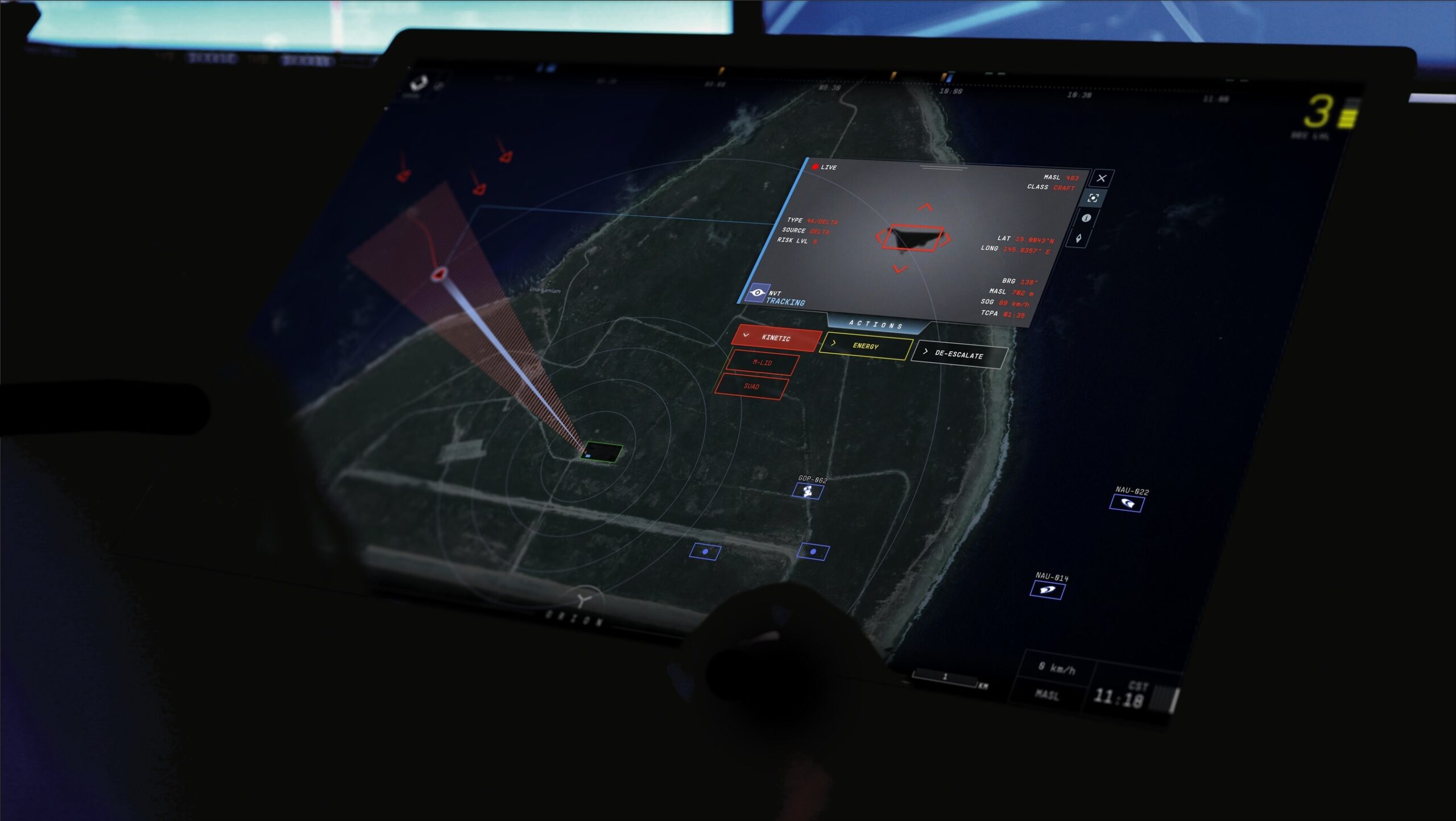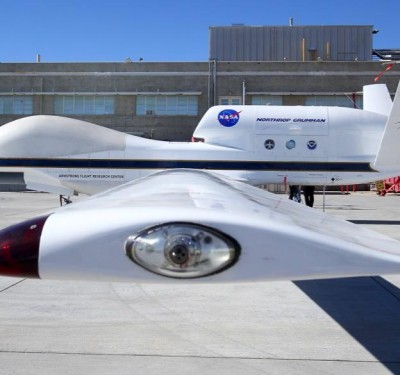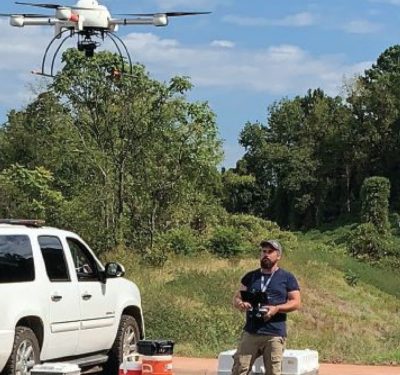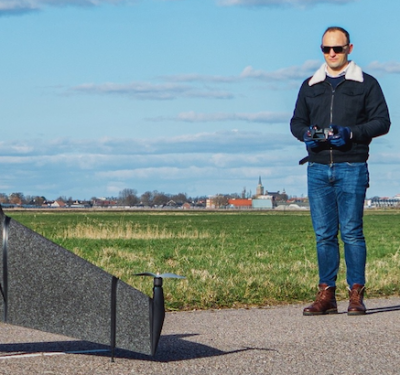Picogrid has announced that it has won a new $2.7 million award from the U.S. Air Force to modernize command and control capabilities.

The Department of Defense often relies on multiple separate systems to manage operations, each with its own interface and dedicated operator. This fragmented setup complicates coordination, slows decision-making, and increases demands on equipment and personnel. To address these challenges, the DoD is modernizing command and control (C2) by consolidating these functions into unified, interoperable platforms. Programs of record across services are making incremental investments to de-risk and validate technology and operational concepts for next-gen C2.
One location already benefiting from this modernization is Barry M. Goldwater Range East (BMGR East) in Arizona, a vast Air Force training range within the U.S.-Mexico border region. Managing operations and security at BMGR East is particularly challenging. BMGR East personnel must cover, on average, hundreds of miles of remote desert in a year, often requiring hours of driving over rugged, unpaved roads to monitor key locations. The range is also home to protected wildlife, including the Sonoran pronghorn, which has recovered from near extinction thanks to Air Force conservation efforts.
To address these challenges, the 56th Fighter Wing, which oversees BMGR East, partnered with Picogrid to test a new C2 platform. Under the $2.7 million award, Picogrid deployed an interoperable network of sensor nodes to monitor roadways, critical infrastructure, and natural resource areas. The project is funded by the Air Force Research Laboratory.
Charles Buchanan, Director of the 56th Range Management Office, highlighted the program’s impact: “This program has promoted military readiness in supporting our training mission. It has streamlined 56th RMO operations through real-time situational awareness from remote sensors, enabled interagency coordination, and detected dozens of incidents related to activity along the southern border.”
To achieve this, the BMGR East used Picogrid Lander to retrofit previously stovepiped sensors, connecting them into a common networked environment. Legion, Picogird’s open software for integrating sensors, robotics, and other systems, served as the middleware between fielded systems and operators at Luke Air Force Base.
“Our troops have long been frustrated by siloed systems and the lack of real-time data interoperability,” said Zane Mountcastle, CEO of Picogrid. “Multiple DoD organizations are now investing in Modular Open Systems Approaches to break down those silos. This program helps de-risk next-generation command and control efforts and proves that the technology is ready today.”
The program provided the BMGR East with various benefits, including over 70% manpower savings compared to traditional monitoring methods, identification of hundreds of illegal border crossings, and compliance with federal requirements.






